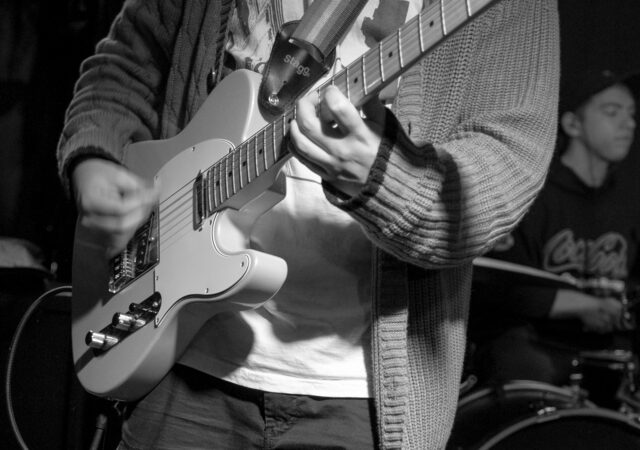Learning photography is more than theories, specs and settings. Nothing beats putting a camera in your hand, getting out there, and clicking that shutter button to really jump start the learning pr. Join SIGMA’s own Michael Dioguardi as he ventures into the world of concert photography for the first time, along with his 23mm and 56mm F1.4 DC DN | Contemporary lenses.
Prime Time: Focus on Fixed Focal Length Lenses
Prime lenses are designed for exceptional imaging at a single focal length. Unlike zoom lenses that easily span a given focal range and variable field of view with a twist of the zoom ring, the field of view and focal length remains constant. If you want to take in less of the surroundings with a given prime lens, you’ve got to physically move closer, and to take in more of the scene, you’ve got to back up. But of course, as you move, the angle of view remains the same all the while.
New Gear Checklist: Making the Most of Brand New Lenses, Cameras and Other Photo Gadgetry
Whether unwrapped as a surprise under the Christmas tree, or purchased with gift cards to take advantage of the great seasonal pricing on all sorts of photo-related gear and gadgetry this time of year, it’s a known fact that many photographers will be finding themselves the proud owners of new lenses, cameras, bags and accessories right around now. And whatever piece of new gear it is, it’s always important to check it out and run it through its paces before heading out to make a once-in-a-lifetime photo, to make sure you, the proud new owner, are both familiar with the gear, and ensure everything is working as it should.
Single-Shot Autofocus, or Continuous Autofocus, Or…
Learning how and when to use different settings and options for image capture is one of the most important parts of becoming a stronger photographer. There’s no setting or camera function that’s going to be perfect for all situations, while is exactly why there are so many options. For example, every DSLR offers a couple variations on Autofocus for either a Single-shot or Continuously tracking autofocus.
Each has it strengths and purposes, and even with that, there’s still times when switching the lens to manual focus is the best way to ensure that your chosen subject and focal point is sharp in the image. In this piece, we’re going to look at three photos of seagulls to briefly explore and explain the reasons why to choose one type of AF or manual focus over the others.
Mistakes, Mess-ups, and Missteps: It Happens to Everyone
One of our key missions here with the No Fear Photography blog postings is to teach photographers to take more creative control of their cameras in order to make stronger photos because taking the camera off full-auto-everything puts the power of shutter speeds, ISO and F-stops firmly in your hands. There’s many more variables, too, such as white balance, single/continuous Autofocus or manual focus, and so on to be tweaked and tuned. And the more controls you adjust, the more chance there is, that at some point in your photography, you are going to miss a shot due to operator error.
Introducing No Fear Photography
Welcome to the newest section of our blog, No Fear Photography! We’re here to help photographers learn to make the most of their cameras, to take creative control, to explore, and capture amazing images all along the way.


